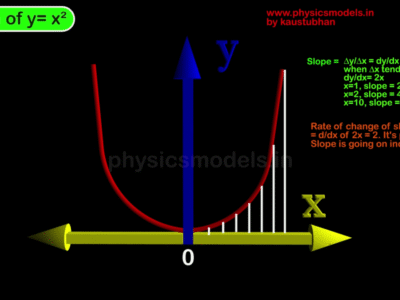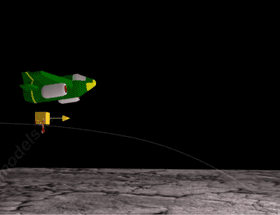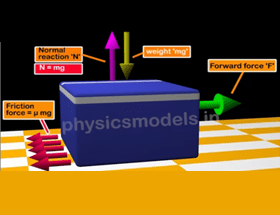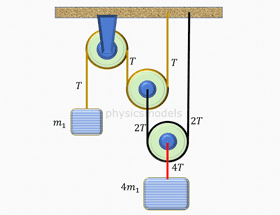Semiconductors are at the heart of electronics devices and things like mobiles which we use today. It’s a tough topic to understand but we have made it as simple as possible, with creative animations, 3D models and images.
Following topics are covered:
1) Why is it called ‘semi’ conductor?
2) gadgets having semiconductors
3) About Conductivity
4) Energy Bands in solids: Conduction band and Valence band
5) About Semiconductors: holes and electron movements
6) p-n junction
- Diffusion current
- Biasing a p-n junction : Forward and Reverse Bias
7) p-n junction Diode
8) p-n junction as a Rectifier
9) Transistors – comparing with the older Triodes
10) Transistors: a sandwitch of P-N-P and N-P-N
- N-P-N transistor: how it works
- Symbol and circuit diagram
11) P-N-P Transistor
- Symbol and circuit diagram
12) Transistor Symbols: Emitter and Colelctor positions – the easy way – for NPN and PNP
13) Biasing of Transistors, and Thermal runaway
- Beta dependent and beta-independent types of biasing
14) Solved problems
Course Features
- Lectures 23
- Quiz 0
- Duration Lifetime access
- Skill level All levels
- Language English
- Students 147
- Certificate No
- Assessments Yes
- 1 Section
- 23 Lessons
- Lifetime
- lessons included23
- 1.1Why is it called “Semi”conductor?
- 1.2Gadgets having semiconductors
- 1.3About Conductivity
- 1.4Energy Bands in solids – Conduction Band and Valence band
- 1.5About Semiconductors – holes and electrons movements
- 1.6p-n junction
- 1.7Diffusion current
- 1.8Drift current
- 1.9Biasing a p-n junction – Forward and Reverse bias
- 1.10p-n junction Diode
- 1.11p-n junction as a Rectifier
- 1.12Important Difference between Diode and Rectifier
- 1.13Transistors – versus the old Triodes
- 1.14Transistors – a sandwitch of N-P-N or P-N-P types
- 1.15N-P-N type transistor
- 1.16NPN Transistor- Symbol and circuit diagram
- 1.17P-N-P transistor
- 1.18PNP Transistor – symbol and Circuit diagram
- 1.19Transistor Symbols, Emitter and Collector positions – the easy way- NPN and PNP
- 1.20Biasing of Transistors -why is it needed? What is Thermal Runaway?
- 1.21Beta dependent and Beta-independent type of Biasing
- 1.22Solved problems
- 1.23Interactive Test- multiple choice






